Materials Science
-
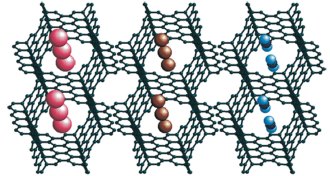 Materials Science
Materials ScienceNew carbon cluster has high storage capacity
A new carbon structure could store gases or liquids in honeycomb-shaped cells.
-
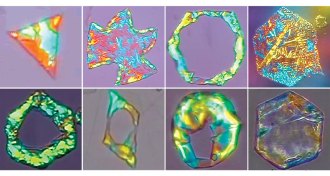 Chemistry
ChemistryFrozen oil droplets morph and shine
Scientists can turn oil droplets into an array of crystalline shapes by manipulating the chemistry and temperature of the droplets’ surroundings.
-
 Chemistry
Chemistry‘Q-carbon’ may offer quick route to diamonds
Q-carbon might be the third form of solid carbon, but some scientists have doubts.
By Meghan Rosen -
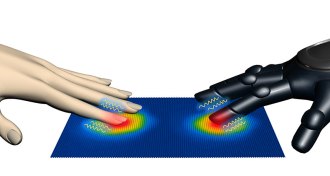 Tech
TechElectronic skin feels the heat, hears the sound
Electronic skin inspired by human fingertips detects texture, pressure, heat and sound.
By Meghan Rosen -
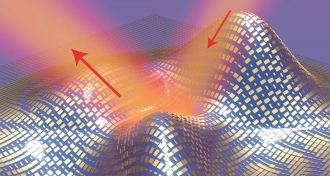 Materials Science
Materials ScienceInvisibility cloaks slim down
A new invisibility cloak offers more stealth in a thinner package.
By Andrew Grant -
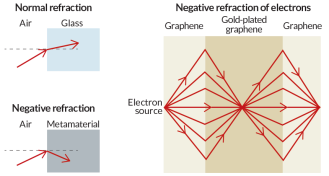 Materials Science
Materials ScienceElectron waves refract negatively
Waves of electrons have been bent backward in a sheet of graphene, allowing physicists to focus electrons the way a lens focuses light.
By Andrew Grant -
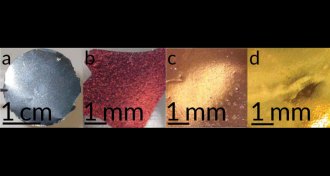 Materials Science
Materials ScienceGraphene shows signs of superconductivity
Ultrathin sheets of carbon can conduct electrical current with no resistance at low temperatures.
By Andrew Grant -
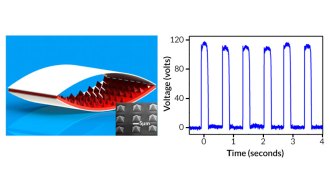 Materials Science
Materials ScienceNanogenerators harvest body’s energy to power devices
Nanogenerators offer body-harvested energy to fuel bionic future
By Beth Mole -
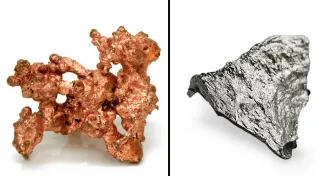 Materials Science
Materials ScienceBuckyballs turn on copper’s magnetism
Exposure to buckyballs bestows ironlike magnetic properties onto the normally nonmagnetic metals copper and manganese.
By Andrew Grant -
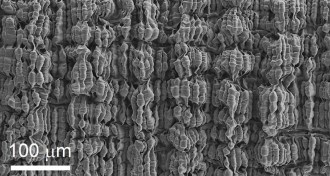 Materials Science
Materials ScienceStretchy fiber lets electrons flow
Folded layers of carbon nanotubes allow an elastic fiber to conduct electrical current when stretched.
By Andrew Grant -
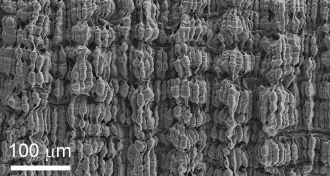 Materials Science
Materials ScienceStretchy fiber keeps electrons flowing
Folded layers of carbon nanotubes allow an elastic fiber to conduct electrical current when stretched.
By Andrew Grant -
